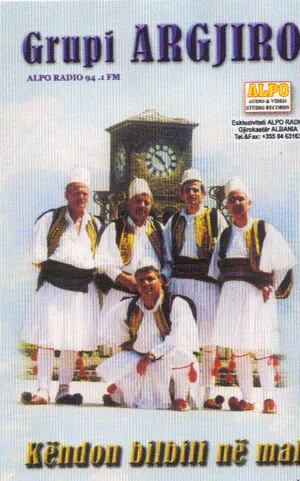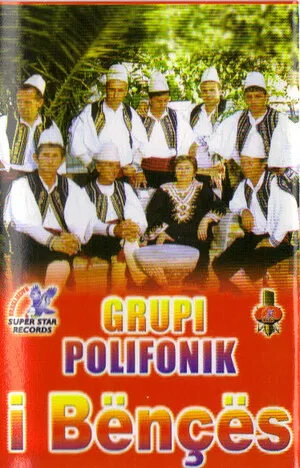Lab polyphony is a traditional style of Albanian iso‑polyphonic singing from the Labëria region in the south of Albania. It is performed a cappella by small groups who divide into fixed vocal roles over a sustained group drone (iso).
Typically four parts are used: the lead (marrës) begins the line, the turner (kthyes) answers or turns the melody, the cutter/thrower (prerës/hedhës) adds sharp interjections and ornamented lines, and the rest of the ensemble sustains the ison drone, often on open vowels. The result is a raw, tightly woven texture marked by close intervals, glissandi, microtonal inflections, and a strong, nasal timbre distinctive to the Lab style.
Texts range from laments and epic-historical narratives to wedding and work songs, and performances are usually semi‑circles of singers at festivals or village gatherings. Lab polyphony is recognized as part of the broader Albanian iso‑polyphonic tradition inscribed by UNESCO as Intangible Cultural Heritage.
Iso‑polyphony has deep roots in southern Albania, where communal singing practices predate written documentation. In the Labëria region, these practices coalesced into what is now called Lab polyphony, distinguished by its four-part texture and a robust, nasal vocal production. While its exact beginnings are older, written accounts and early folkloric collections from the 16th–19th centuries attest to a long continuity of practice.
During the 20th century, Albanian ethnomusicologists recorded and systematized the Lab style, differentiating it from neighboring Tosk polyphony by its characteristic roles (marrës, kthyes, prerës/hedhës, iso), sharper dissonances, and a stronger, more declamatory delivery. State cultural institutions fostered festival circuits—especially the National Folklore Festival in Gjirokastër—where village groups presented polished versions of local repertoires, helping codify performance norms and encouraging inter‑village exchange.
In 2005, Albanian iso‑polyphony (including the Lab tradition) was proclaimed by UNESCO as a Masterpiece of the Oral and Intangible Heritage of Humanity, later inscribed on the Representative List. This recognition spurred documentation, ensemble training, and international touring. Contemporary projects and recordings (often pairing traditional singers with modern production or instrumental saze textures) have broadened the audience while preserving the a cappella core.
Lab polyphony remains a living village practice—sung at life‑cycle events and community gatherings—while also thriving on stage. Transmission continues orally, with younger singers learning roles within local groups and through regional cultural centers.

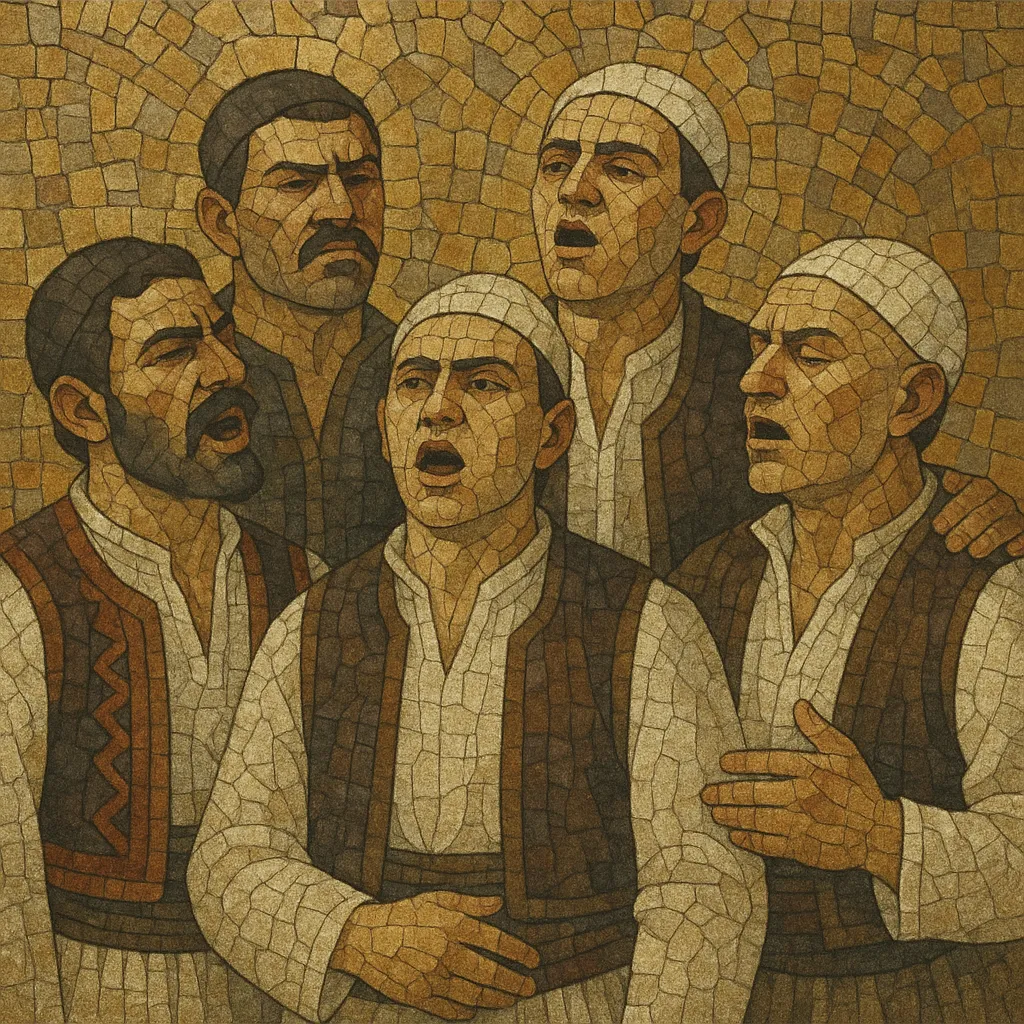
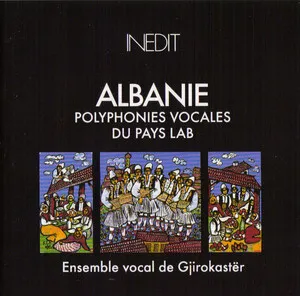
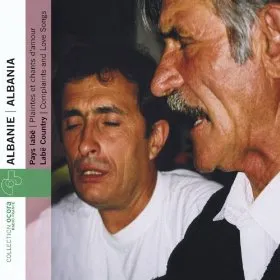
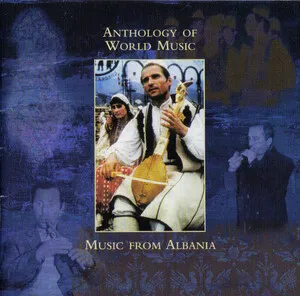
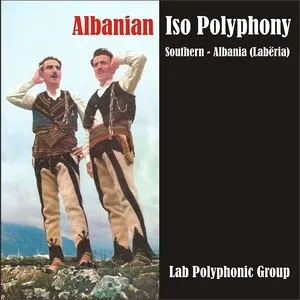%2C%20Cover%20art.webp)
